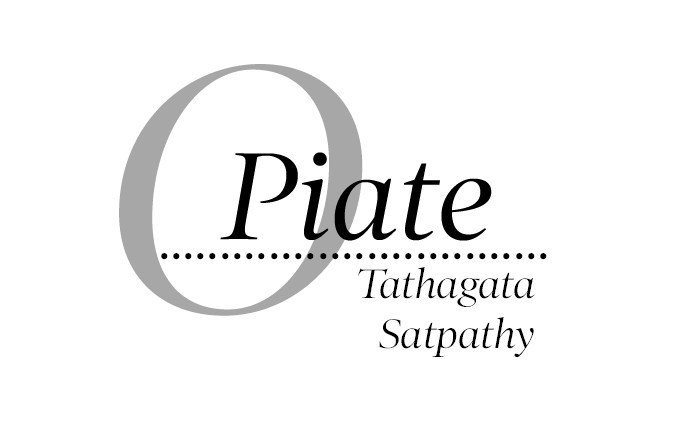This year 24 July marked the completion of 30 years of economic liberalization in India. The resources of the Government of India (GoI) in 1991 had been under terrible financial strain. Unable to manage a system that was crumbling from within due to a long time protected and enclosed financial structure, the then Union Finance Minister Dr Manmohan Singh, with the blessings of former Prime Minister PV Narasimha Rao, had declared ‘Liberalization, Privatization and Globalization’ as a state policy for India. This policy was commonly known, at that time, as LPG and the rich in India, delirious with happiness for this development, found this to be the mantra they were advocating for long. Media, owned and controlled by the same rich citizens of this country, went whole hog in support of Manmohanomics and the poor were made to believe that this decision of changing the earlier policy and opening up the economy would be the panacea for all the ills of poverty. Gullible as we Indians are, most if not all did indeed trust the loud shouts of welcome that LPG received. The ensuing period brought in flashy foreign cars, private airlines and gated communities for the rich but the poor seemed to further shrink back into the shadows of poverty. Yet people hoped that those whom we have voted to power with trust and love will eventually take care of our interests.
In the meanwhile, thirty long years have crawled by. The world has greatly transformed itself in this period. Neighboring Asian nations have succeeded in becoming large economic hubs. Do not look at China. India must stop comparing itself with China for various reasons that many of us are aware of. Instead, it should look at nations such as Vietnam, South Korea, Thailand and many others across the globe. These countries have very limited natural resources compared to India. It is only positive policies of governments and enterprising nature of the people of those countries that catapulted them into global economic players in a parallel period. The growth also seems to have been inclusive and development has not remained ensconced in small groups. Growth has touched the lives of the poor in those countries and the proof is clearly visible during this current pandemic induced distress period.
Since 1991, successive political parties that formed governments in India remained true to the LPG policy. No one dared change the outlook that was formed in the early 90s in the last century. However, every Indian would have observed that the disparity between the haves and have-nots has become very acute. In today’s situation, that gap is drastically widening, which could possibly create social fissures in the future. In its drive towards Privatization, today’s government has adopted a policy where starting from Delhi’s Red Fort to most of the land belonging to the Indian Railways and the Defence establishment are being hived off to private ownership. This myopic vision could prove extremely dangerous for the nation in the future. Every family values its ancestral heirlooms. Indian society is replete with instances of mothers passing on to their daughters old jewellery that were passed down from generations. This was simply not an idea of hoarding but instead a safety net for the following generation. Today, we hear about bullet trains and modern faster transportation systems that will be required to strengthen and enlarge our economy. To achieve this, the establishment will require vast amounts of land in the future. If, to fill the coffers today, the government decides to sell these railway lands, then the future generations would face tremendous limitations to plan growth. Similarly, when land belonging to defence is being sold off to get money today, then, in a warlike situation in the future, the nation could be stressed to set up military camps, field hospitals, equipment storage space and millions of other requirements that crop up during war. It is imbecile to think that a future war with China would always be limited along the present Himalayan border. Hostilities may not be limited near Pangong Lake or Arunachal. One may see naval battles off the coast of Orissa or Kerala in this lifetime. Nothing should be considered impossible or farfetched in today’s situation. Just like nobody could have foreseen today’s man-made pandemic as being possible in July 2019. Extrapolate this situation to the 2016 Demonetization that broke the economic back of India for good. Many in this country, even today, are unwilling to accept or are unable to comprehend the damage done by that single act for a purely petty political end. No black money was eradicated since all the rupee bills ever issued returned back to the Reserve Bank. The government or the RBI, till date, have not come clean with the results of Demonetization. Counterfeit currency remains rampant and eradication of terror could not happen. But the terrible act decapitated Indian economy.
To sum up, LPG has not been a positive long term policy that could uplift the poor of India. Unless every citizen is made economically and socially stronger, the nation can never be strong. One may remember the saying “The chain is as strong as the weakest link.”
